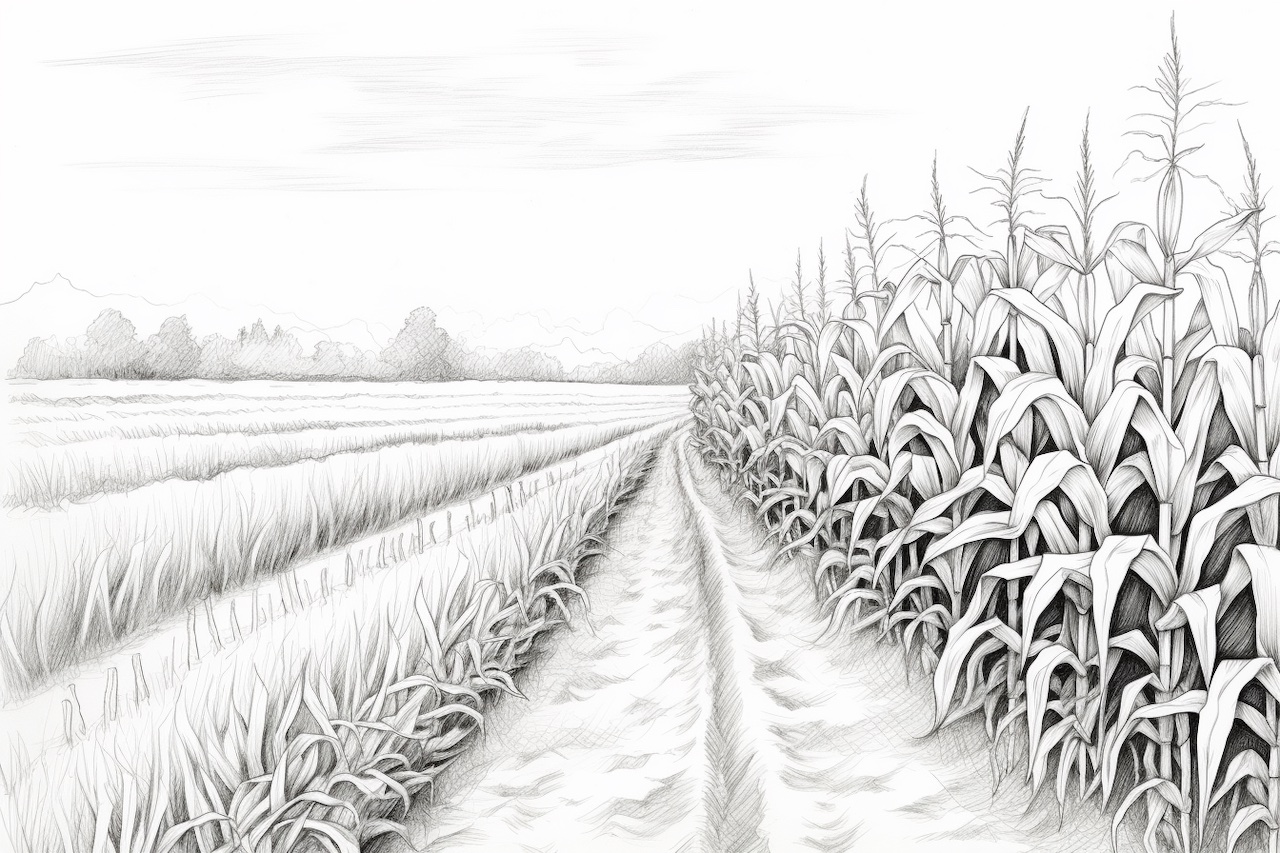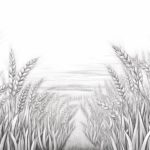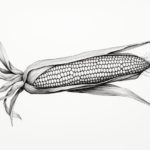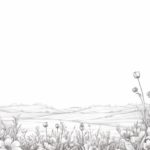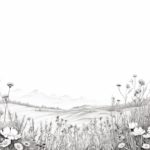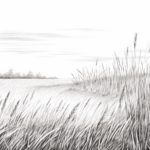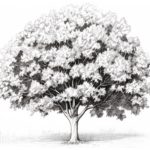Drawing a corn field can be a captivating and rewarding experience. The mesmerizing waves of cornstalks swaying in the breeze can evoke a sense of peace and harmony. In this step-by-step guide, we will explore the process of how to draw a corn field, allowing you to capture the beauty of this agricultural landscape on paper. So grab your pencils and let’s get started!
Materials Required
Before we dive into the drawing process, it’s important to gather the necessary materials. Here are the items you’ll need:
- Drawing paper: Choose a high-quality paper that is suitable for your preferred medium (pencil, colored pencil, or pastel).
- Pencils: A range of graphite pencils, including H, HB, and B, for sketching and shading.
- Eraser: A soft eraser to correct mistakes and smudges.
- Blending tools: Such as a blending stump or tortillon to create smooth transitions in shading.
- Reference image: Find a clear, high-resolution photograph of a corn field to guide your drawing.
Now that we have our materials ready, let’s begin the process of drawing a corn field.
Step 1: Sketch the Horizon Line
Start by drawing a straight, horizontal line across the middle of your paper. This line represents the horizon, where the sky meets the land. Use a light pencil stroke to ensure it remains visible but easy to erase later.
Step 2: Outline the Field
Next, use light, loose strokes to sketch the outline of the corn field. Pay attention to the shape and size of the field, as well as any irregularities in its boundaries. Remember, the field doesn’t have to be perfectly rectangular – irregular shapes can add visual interest to your drawing.
Step 3: Add the Cornstalks
In this step, we will focus on drawing the cornstalks. Start by lightly sketching the basic shapes of the corn rows. Each row typically consists of tall, vertical lines that taper towards the top. Vary the heights and angles of the stalks for a more natural look.
Step 4: Add Details to the Stalks
Now it’s time to add more details to the cornstalks. Begin by sketching the leaves at the base of each stalk. Corn leaves are long and narrow, with a distinctive ribbed structure. Use short, curved lines to create the leaves, and vary their sizes and orientations for a realistic effect. Continue adding leaves along the length of each stalk, gradually transitioning to smaller leaves towards the top.
Step 5: Shade the Stalks
To create the illusion of depth and form, we need to add shading to the cornstalks. Start by identifying the direction of the light source in your reference image. This will determine where the shadows fall. Use a light pencil stroke to shade one side of each stalk, gradually increasing the pressure to create darker areas. Leave the opposite side of the stalks lighter to indicate the light hitting them.
Step 6: Draw the Corn Cobs
Now, let’s add the corn cobs to our drawing. Corn cobs are cylindrical in shape, with rows of corn kernels arranged in a spiral pattern. Begin by lightly sketching the basic shape of each corn cob, keeping in mind the perspective and foreshortening. Then, using short, curved lines, draw the individual corn kernels along the length of each cob. Vary the sizes, shapes, and orientations of the kernels for a more realistic appearance.
Step 7: Shading the Corn Cobs
To give the corn cobs a three-dimensional look, add shading. Observe the light source in your reference image and shade one side of each cob, gradually darkening it towards the center. Leave the opposite side lighter to indicate the reflected light. Use smooth, gentle strokes to blend the shading and create a realistic texture.
Step 8: Add Background Details
To make your corn field drawing more complete, consider adding some background details. This could include a distant farmhouse, a tree line, or rolling hills. Keep these elements simple and subtle to avoid distracting from the main focus, which is the corn field.
Conclusion
Drawing a corn field is an enjoyable artistic endeavor that allows you to capture the beauty of nature in a unique and visually captivating way. By following these step-by-step instructions and using the right materials, you can create a stunning representation of this agricultural landscape. So, pick up your drawing tools and let your imagination run wild as you bring a corn field to life on paper!

